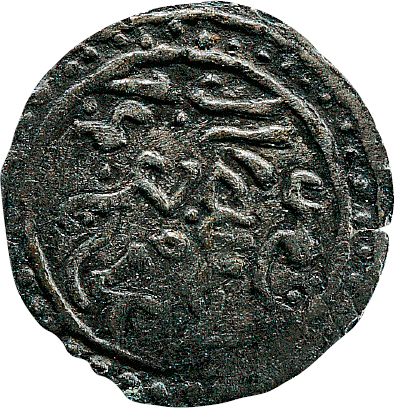What characterized trans-Saharan trade, and how did it affect West African society?

Copper Coin from Mogadishu, Twelfth CenturyIslamic proscriptions against representation of the human form prevented the use of rulers’ portraits on coinage, unlike the practice of the Romans, Byzantines, and Sassanids. Instead Islamic coins since the Umayyad period were decorated exclusively with writing. Sultan Haran Ibn Suleiman of Kilwa on the East African coast minted this coin, a symbol of the region’s Muslim culture and of its rich maritime trade. (© The Trustees of the British Museum/Art Resource, NY)
“Trans-